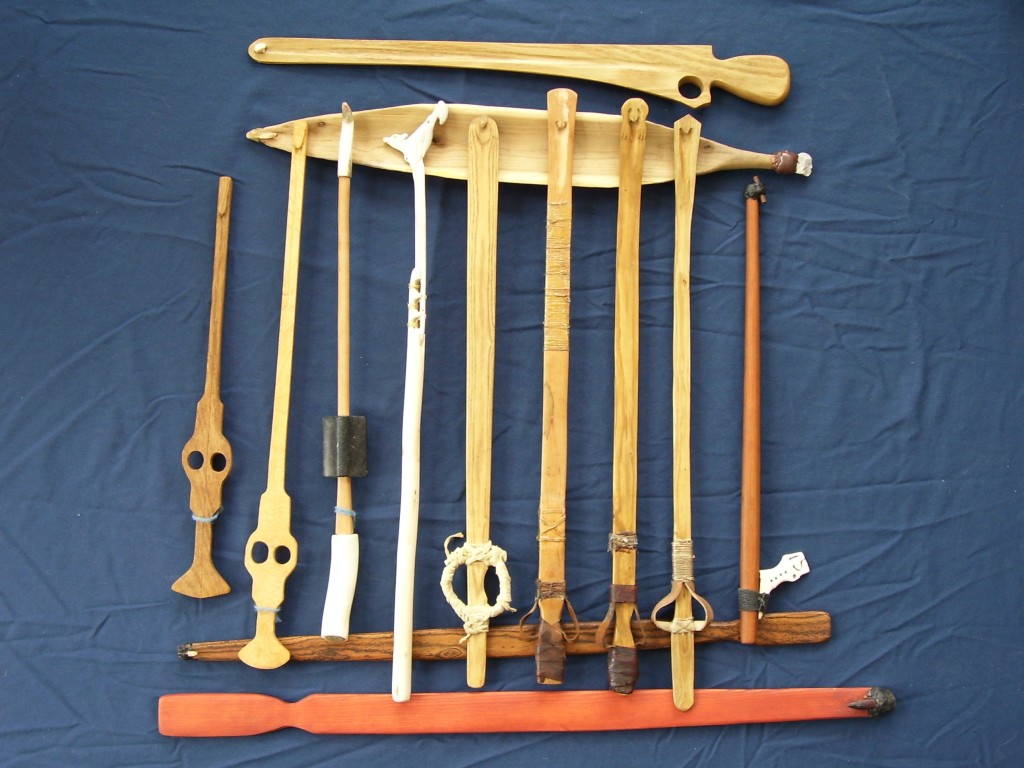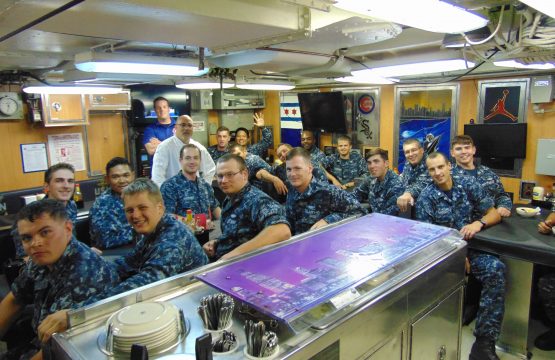Introducing Paleo Tech

Photo credit: © John Whitaker, http://waa.basketmakeratlatl.com
This summer, the TGR Learning Lab is hosting another group of students for our annual Summer Academy. We are excited to be offering a new class for our upper elementary students called Paleo Tech. While others enrolled in our summer program will be working with today’s technology, the students in Paleo Tech will be working with some of the tools that got us where we are today.
In this hands-on course, participants will handle examples of some of humanity’s earliest tools, learn about the physics concepts that make them work, as well as build an appreciation for the ingenuity of ancient people. The class borrows from a process often called experimental archaeology, where artifacts are reverse-engineered to understand how they were made and used. While the students won’t always be working with authentic materials, they will have an opportunity to experience some of the ways our ancestors lived.
Each day, the class will focus on a tool and learn a little about where in the archaeological record it appears and how archaeologists learn how old something is and how it works. Students will hand-twine their own string from plant fibers. They will assemble a bow drill and a pump drill then try their hand using them to see how they utilize friction and momentum. Another tool the students will work with is a musical instrument called a bullroarer. This instrument has been used for ceremonies and communication in a number of cultures around the world, and is used to create a droning sound that carries for long distances.

Photo credit: http://elfshotgallery.blogspot.com/2012/12/besant-atlatl-dart-reproduction.html
Over the course of the week, students will also be crafting a hunting tool called an atlatl, or dart-thrower that is used in some regions of the world today. Once they have fashioned theirs, they will get a chance to practice and improve their design, and on the last day of the program they will use their atlatls to try to take down a “mammoth”.
The last takeaway will be a better understanding of the field of archaeology, and how archaeologists give voice to people no longer with us. Knowing the ways our ancestors lived is as important, or more so, than the gold and jewelry we have come to associate with archaeology. This can help us better understand our place in the world and how much we share with the other people and cultures we share our world with.
Redefining what it means to be a champion.


